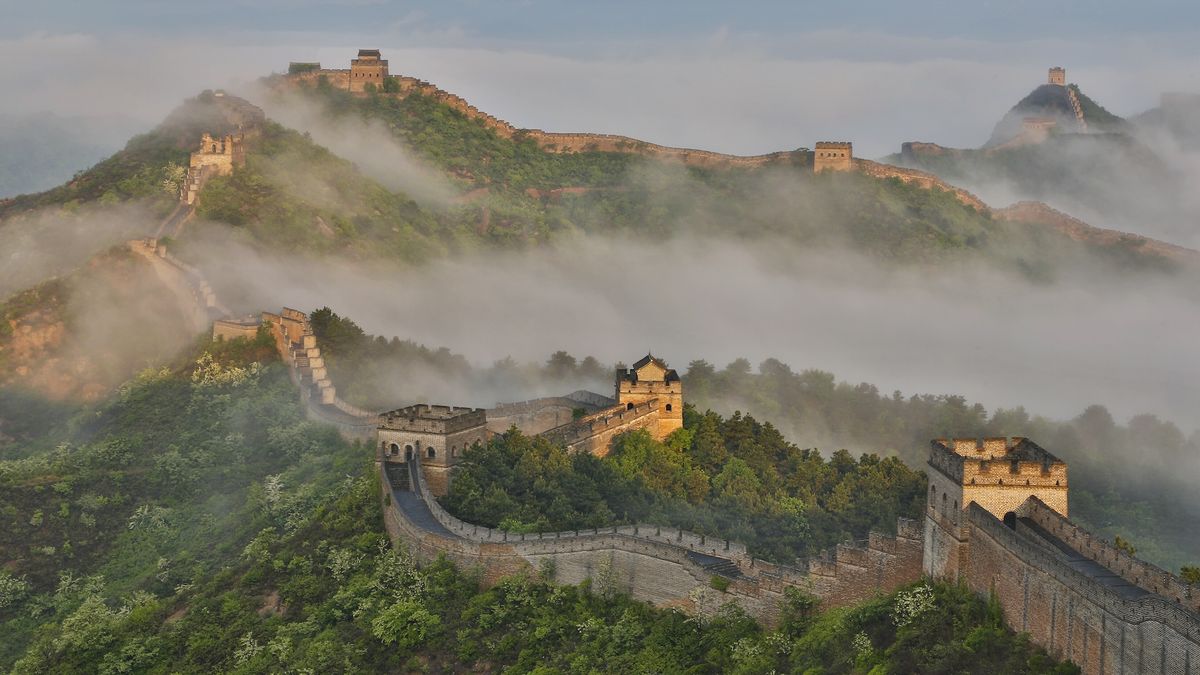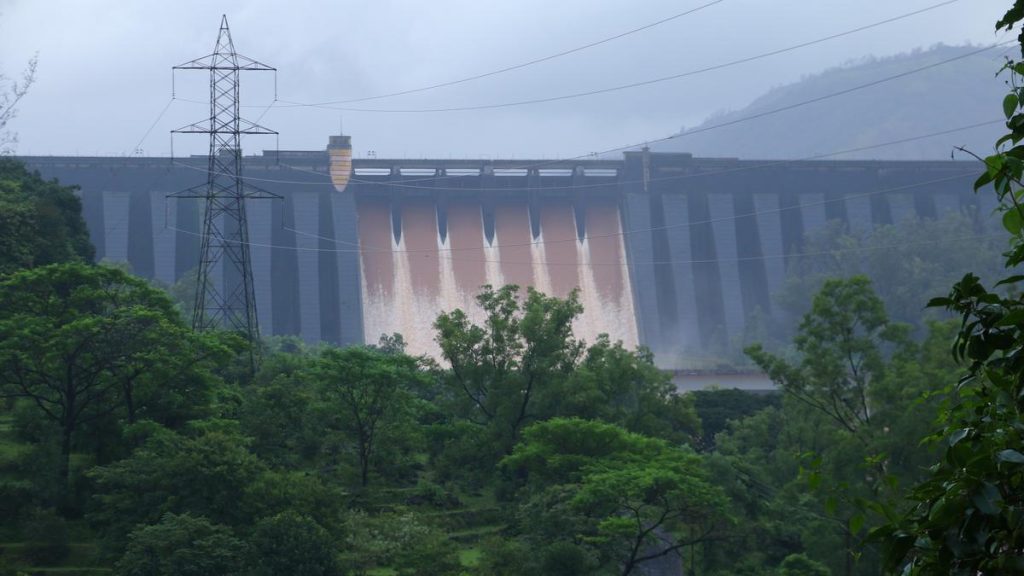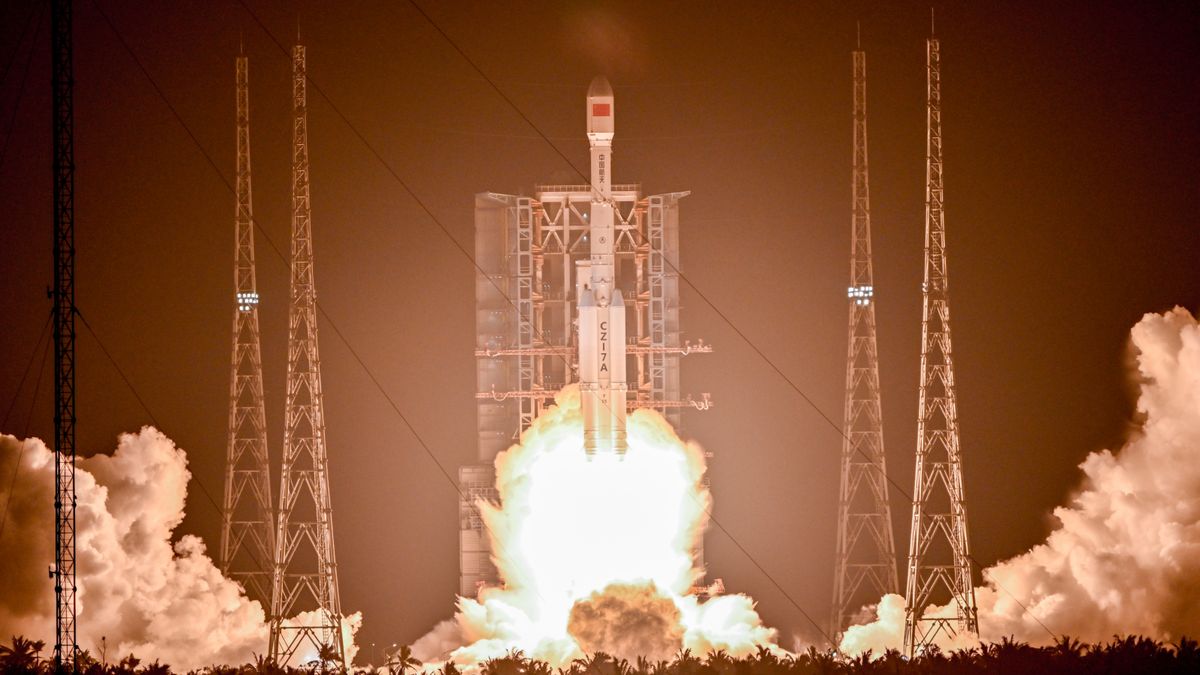Now Reading: Ancient China: Key Facts About a Pioneering Civilization
-
01
Ancient China: Key Facts About a Pioneering Civilization
Ancient China: Key Facts About a Pioneering Civilization

Fast summary
- Location: Ancient China primarily occupied what is now modern-day China.
- Timeline: Ancient Chinese civilization started about 8,000 years ago and transitioned into the Han dynasty around 1,800 years ago. It evolved into modern china by 1912.
- Notable Dynasties: The Qin dynasty unified ancient China in 221 B.C., followed by the influential Han dynasty (202 B.C.-220 A.D.).
- Accomplishments: Development of a writing system, philosophies such as Confucianism, invention of paper and magnetic compasses, construction of the Great Wall (13,000 miles length).
- Cultural Artifacts: Terracotta Warriors were discovered buried near Emperor Qin Shi Huang’s tomb; oracle bones were used to predict future events. dragons held symbolic significance in ancient Chinese belief systems.
- Key Figures:
– qin Shi Huang: First emperor to unify ancient China.
– Gaozu of Han: Founded the Han dynasty after rebellion.- Confucius: Philosopher whose teachings emphasized social harmony through kindness and wisdom.
!Image credit: Great Wall of China on a foggy day
(Image credit: Darrell Gulin via Getty Images)
!Terracotta Army Excavation Pit
(Image credit: By Maros mraz – Own work CC BY-SA 3.0)
!Confucius Statue
(image credit: XiXinXing via Getty Images)
Indian Opinion Analysis
ancient China’s accomplishments highlight its pivotal role as a foundational civilization influencing global progress across technology, art, beliefs, and governance systems-a legacy that resonates even in India’s own historical trajectory during parallel epochs like the Maurya Empire or Vedic period.
The transferability of ideas between historical civilizations-such as Buddhism originating in India but spreading deeply into East Asia-showcases how interconnected growth shaped cultural identities globally. China’s focus on long-term infrastructural investments such as the Great Wall underscores lessons for modern nations prioritizing strategic defences without compromising innovation.India shares parallels with China’s historical resilience-from dynastic rule transitioning toward republics-and ongoing studies in archaeology can deepen mutual understanding about co-evolution paths across trade routes like Silk Road contributions shaping both nations today.
Read more at livescience.com.



























